In the famous Yerkapı Tunnel, which every visitor passes through in the Hattusa Ruins, where the capital of the Hittites is located in the Boğazkale district of Çorum, 249 symbols of 3500 years were discovered. The purpose and meanings of the symbols, which are presumed to be used in Hittite hieroglyphic writing in graffiti style, were being investigated. Some of the mysterious hieroglyphs were deciphered. The hieroglyphs reveal the identity of the master of the building and read "the road throu
Some of the deciphered sections of Anatolian hieroglyphs (a form of writing consisting of about 500 signs) discovered last year in the Yerkapı Tunnel in the Hittite capital Hattusa contain information about the person who built the tunnel.
In the Yerkapı Tunnel, which is 80 meters long and built using thousands of stones in the Hattusa Ruins in Çorum's Boğazkale district, the capital of the Hittites, one of the first civilizations of Anatolia, the hieroglyphs found on August 13, 2022 by Mardin Artuklu University Archaeology Department Faculty Member Assoc. Prof. Dr. Bülent Genç continue to be examined by scientists in different fields of expertise.
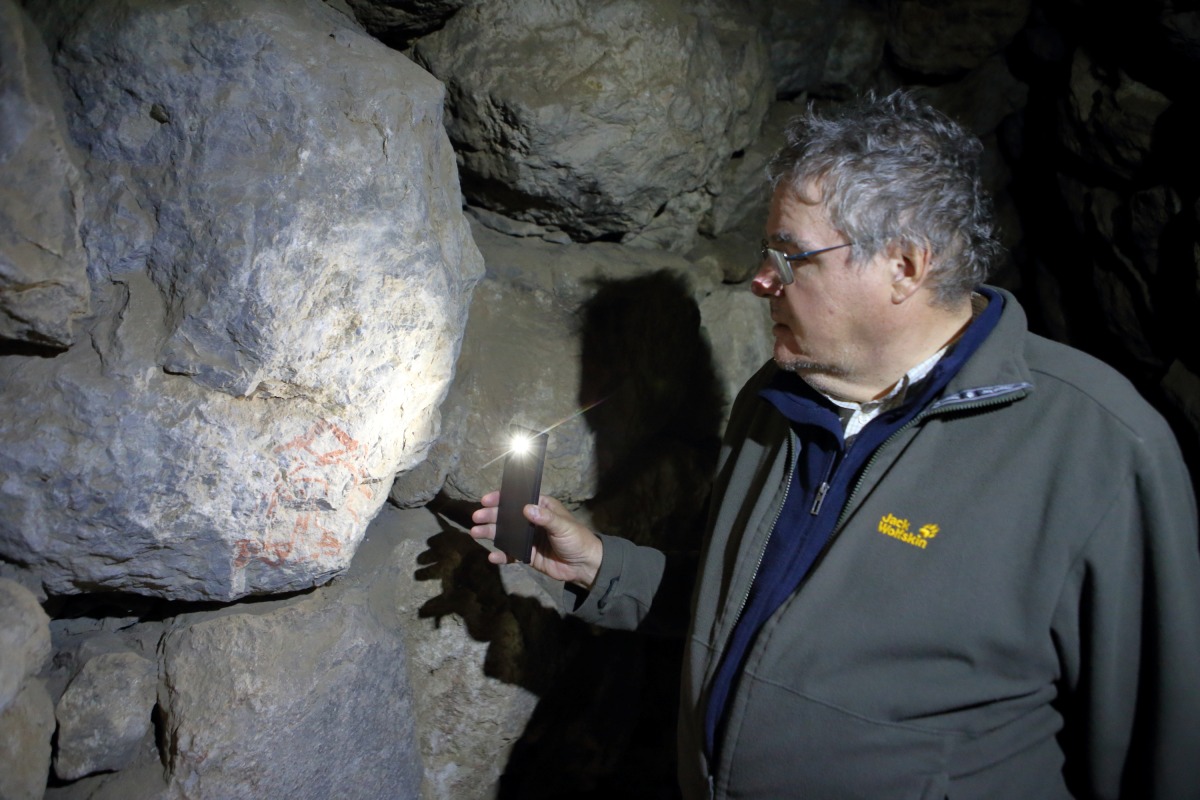
The 249 symbols, which are estimated to be about 3,300 years old and drawn using some kind of paint, are thought to have survived for thousands of years thanks to the conditions such as the tunnel having an average temperature in all seasons and being in a dark environment where the sun and rain do not penetrate.
Head of the Hattusa excavations, Prof. Dr. Andreas Schachner from the German Archaeological Institute, told
AA correspondent that they divided the 249 signs into six groups in studies conducted in terms of the materials used in the construction of the symbols and linguistics.
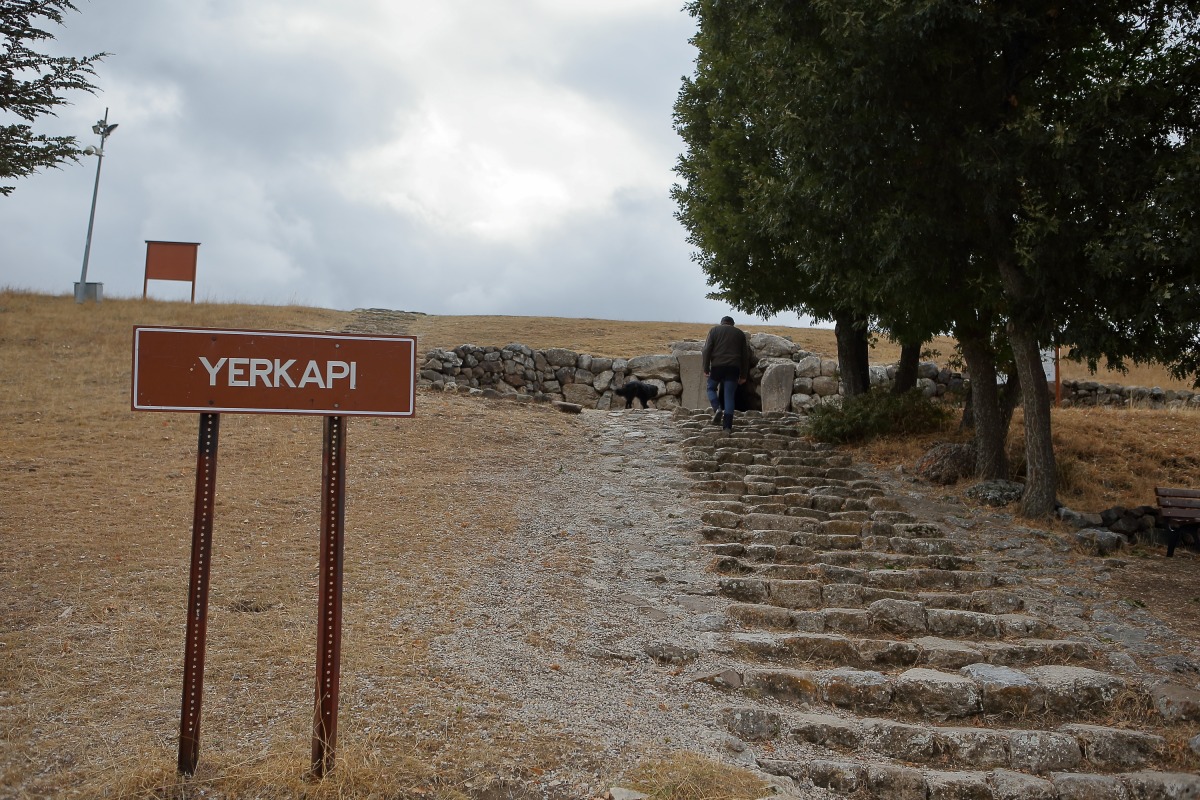
Explaining that the meaning of one group has not yet been solved, Schachner said that when the meanings of the other five groups are put together, they can be said to be inscriptions related to the construction of the tunnel.

'Arishadu built this place!
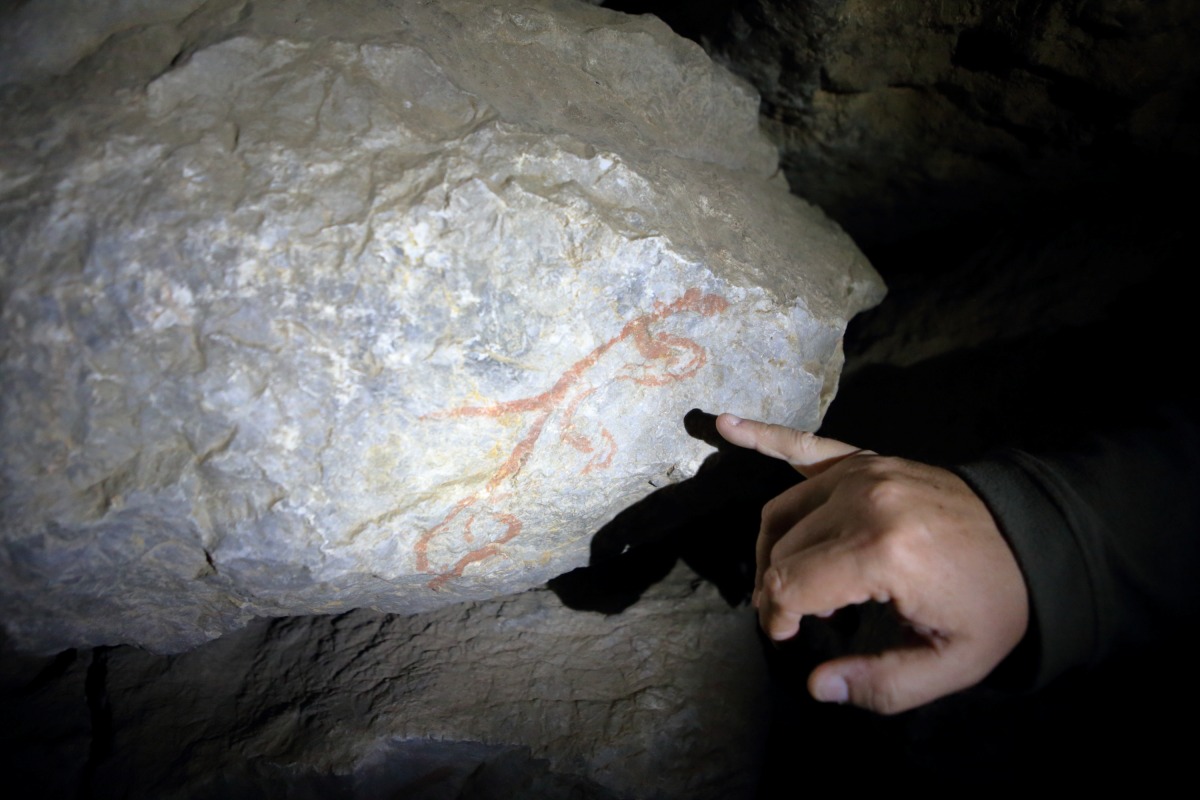
Pointing out that there are construction inscriptions at the western and eastern ends of the tunnel, Schachner said, "There is a name 'Arishadu' in a symbol here. When we put this and the following signs together, it means 'Arishadu built this place'."

Mount Tuthaliya, a geographical shape considered sacred by the Hittites
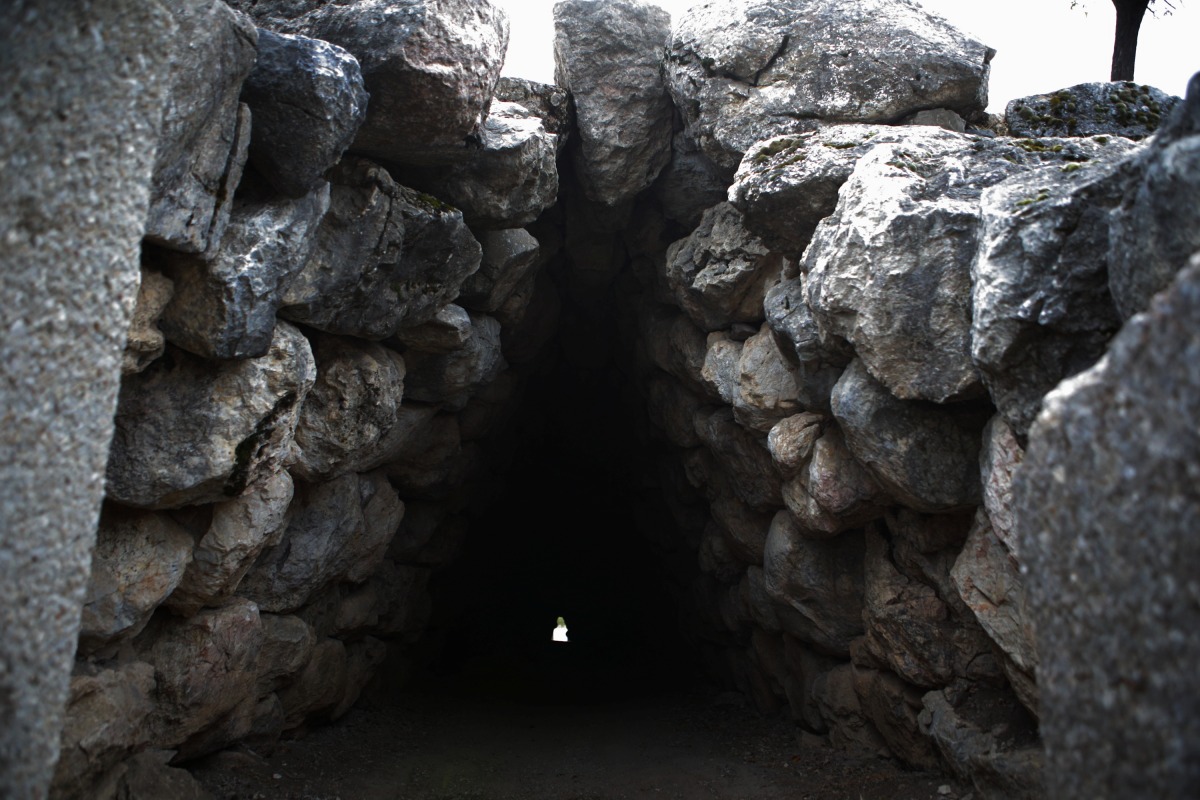
Pointing out that there are also two groups of signs on the west side of the tunnel, Schachner continued as follows: "One group is not yet clear, but the meaning of one group is clear. There they combined the signs for 'Mount Tuthaliya' and 'road'. We know Mount Tuthaliya from Hittite texts. Mount Tuthaliya is a mountain that the Hittites considered sacred. It is so important that several kings took their royal names from there. The road sign is thought to mean 'the road coming from Tuthaliya', 'the road leading to Mount Tuthaliya', or 'the road passing through Mount Tuthaliya'.
My hypothesis, since the signs were found in a tunnel, is that we can match Yerkapı with Mount Tuthaliya or with an artificially constructed Mount Tuthaliya, because Yerkapı is at the highest point of Hattusa when viewed from the outside, especially from the plain, and therefore it is visible from all sides. It is worthy of a sacred place."
Anatolian hieroglyphs were much more widespread than cuneiform
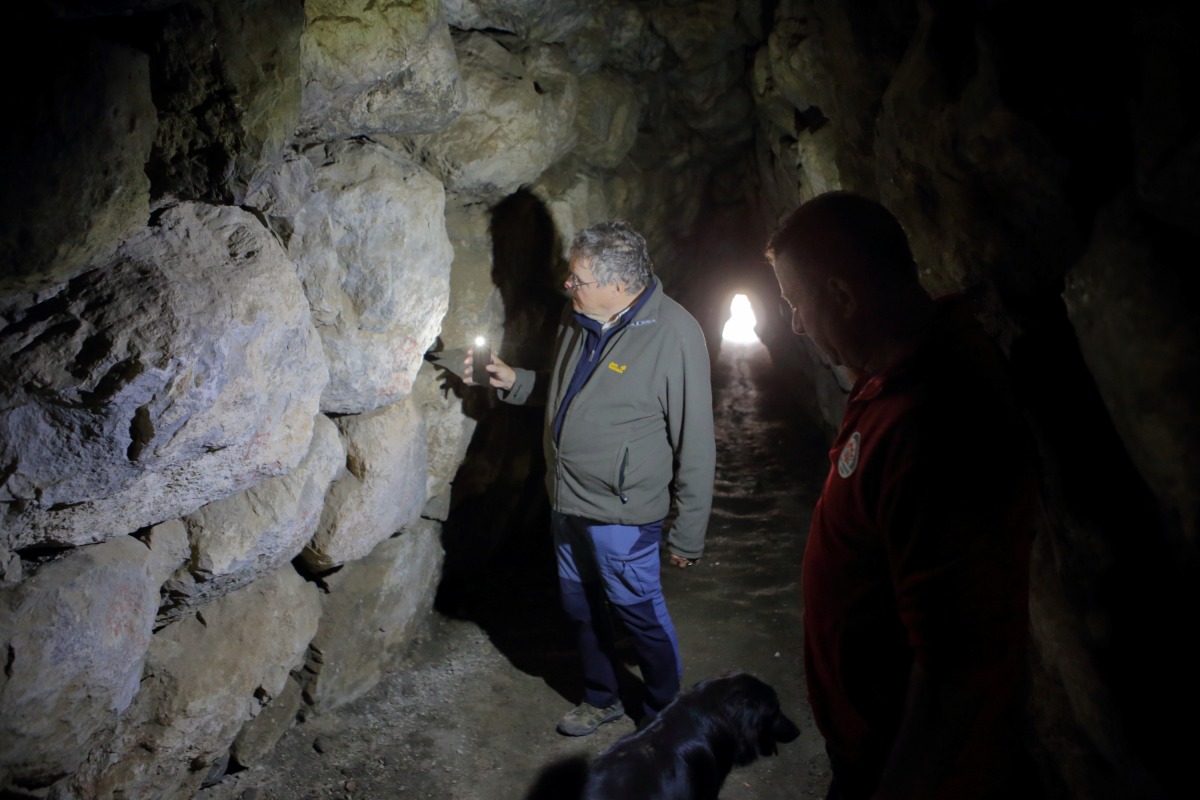
Stating that the symbols give important clues in terms of understanding the Hittite period, Schachner said
"These hieroglyphs appear as the signature of the person who built this tunnel, as an inscription, as a statement such as 'I did it', but at the same time, we understand that Anatolian hieroglyphs, that is, this pictograph, were much more common than cuneiform in the Hittite world. It was also common in daily life. Cuneiform is more of an elite phenomenon. It is an element used by the state, but with hieroglyphs, we can guess many things such as daily communication and directional signs in the city.
This discovery points to the need to pay more attention to Hittite walls in archaeological excavations
This discovery gives us some clues about the Hittite world, especially about daily life. Now we have to look more carefully at the stones in the walls during excavations. Maybe we can find a sign."
Kemal Ceylan - AA / Translated by arkeojikhaber.com




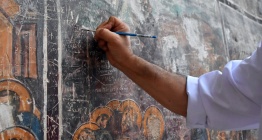
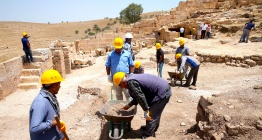

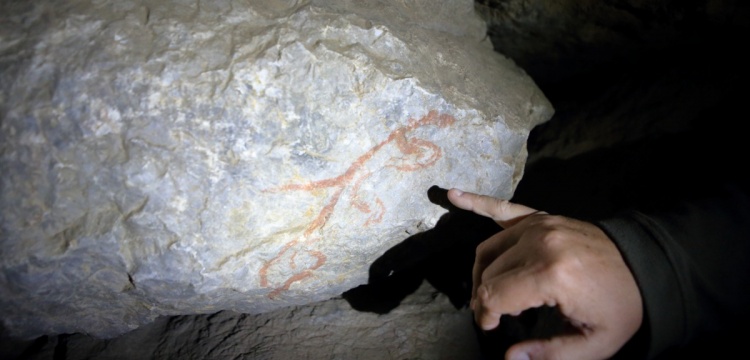

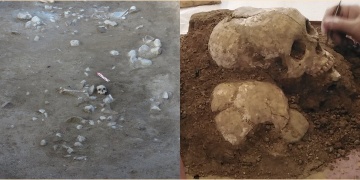

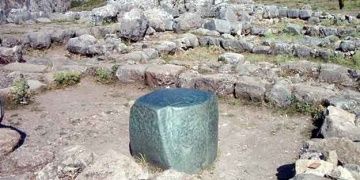
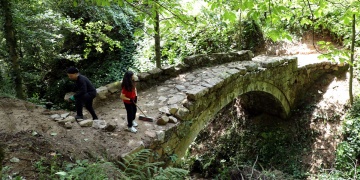 Ressam Serdar Abay, tarihi kemer köprüdeki yabani otları kızıyla temizledi
Ressam Serdar Abay, tarihi kemer köprüdeki yabani otları kızıyla temizledi 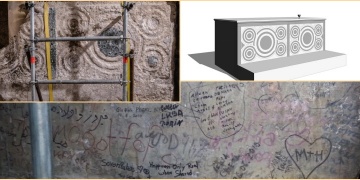 Archaeologists have discoveried a crusader altar in the Church of the Holy Sepulchre
Archaeologists have discoveried a crusader altar in the Church of the Holy Sepulchre  Komodo ejderinin demir dişli olduğu anlaşıldı
Komodo ejderinin demir dişli olduğu anlaşıldı 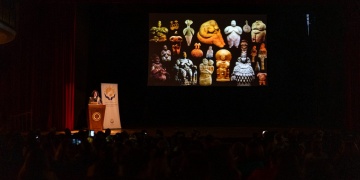 Doğa Taşlardan, Anadolu Tanrıçaları'ndan sonra Anadolu Bacılarının öykülerini anlatacak
Doğa Taşlardan, Anadolu Tanrıçaları'ndan sonra Anadolu Bacılarının öykülerini anlatacak 




